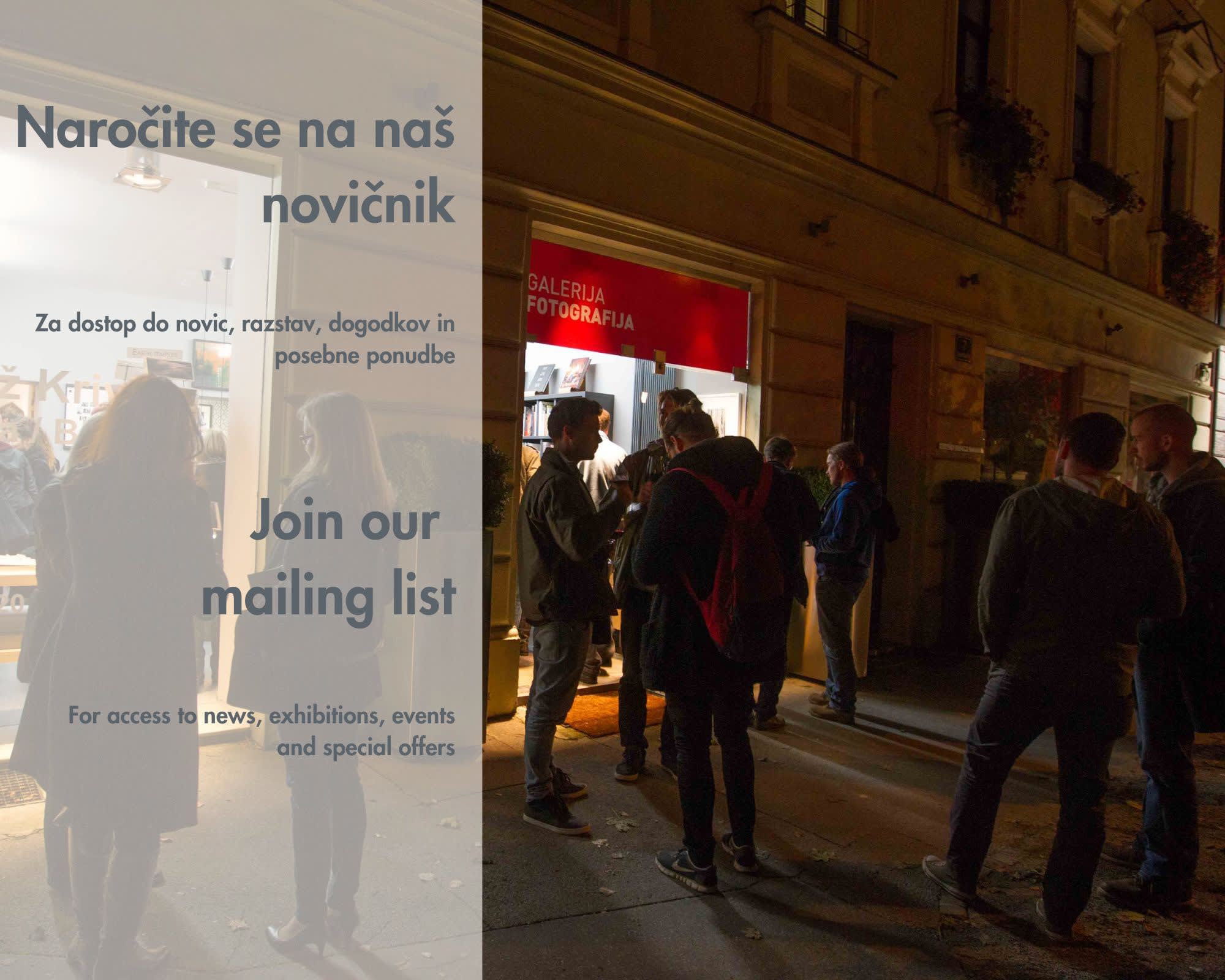Blaž Rojs: Kisses and Goodbye
You are kindly invited to attend the exhibition opening on Tuesday, 29. 3. 2022, at 18.00.
In his artworks within the exhibition Kisses and Goodbye, the emerging artist Blaž Rojs continues his quest of experimenting with materials and combining different techniques, an approach he introduced with his series Transparency, which was exhibited at the Dobravaga gallery in 2021. Layering various materials and their visual presentation are the focus of Rojs’s artistic practice, in which he joins the media of collage, painting, photography and graphic design. By fusing them together using epoxy resin and plexiglass, he creates canvases and objects that already border on sculpture. What makes Rojs stay true to photography is the polaroid technique – it’s still his primary medium of expression, though he often destroys, cuts into pieces, covers with paint or otherwise intervenes with it.
It was Rojs's interest in transparency and translucence of images, later turning into a research question both of content and form, that led him to use epoxy resin and plexiglass. For thousands of years, the portrayal of translucency has posed a challenge to painters and other artists. Its depictions can be traced back to antiquity, which used the motif of translucence to portray precious materials such as silk and cotton, while true mastery was acquired later in Early Netherlandish painting, spearheaded by Jan van Eyck. Rojs explored the history of representation of translucency too, all the while combining more and less transparent materials such as glass, textile, paint and photopaper. On the other hand, he also explored the motif content-wise – in his photographs, women nude figures are in the foreground, while revealing and concealing the body is accentuated in close connection with the material used for a particular depiction.
Rojs defines the motif of the nude strictly formally; he uses the nude body as the medium on which projected elements are added, taken away or intervened with – both in the sense of material as well as meaning. “In the oeuvres of artists I researched, I was always instantly drawn to nudes. In painting, these artists were Paul Gauguin and Egon Schiele, whilst in photography I discovered my primary interest in the works of Helmut Newton, Daidō Moriyama, Chas Ray Krider, and Eric Kroll,” said Rojs when asked about the nude in his work. It is intimacy that he foregrounds, rather than erotica – through distinctly personal women nude portraits, Rojs establishes a relationship between the subject and the medium, while intimacy is already established by nudity as such. In addition, the artist wanted to maintain closeness not only between himself and his model, but also between himself and his own work. For this purpose, he came up with his own alphabet, a made-up language, which he designed based on various Asian characters and runes. This adds another layer of secrecy to his artworks and enables Rojs to be the only one to truly understand the contents of his work.
As the basic constituent of an image with which he creates, the photographic image, which is made primarily, before intervention, always stays relevant for Blaž Rojs. However, it is the act of intervention that is the essence of his work: “When conducting research for my thesis, I found the idea of splitting intervention into three parts especially intriguing – either as adding a layer to an image, taking an image away, or changing the image. Each one of these gives a different result. I think it is the act of intervention that gives meaning to the primary image.” In the artworks from the Kisses and goodbye exhibition, Rojs’s fondness of experimenting becomes even more obvious; at the same time, his work highlights the variety and boldness of different paths that young Slovenian photographers are treading.
Hana Čeferin




